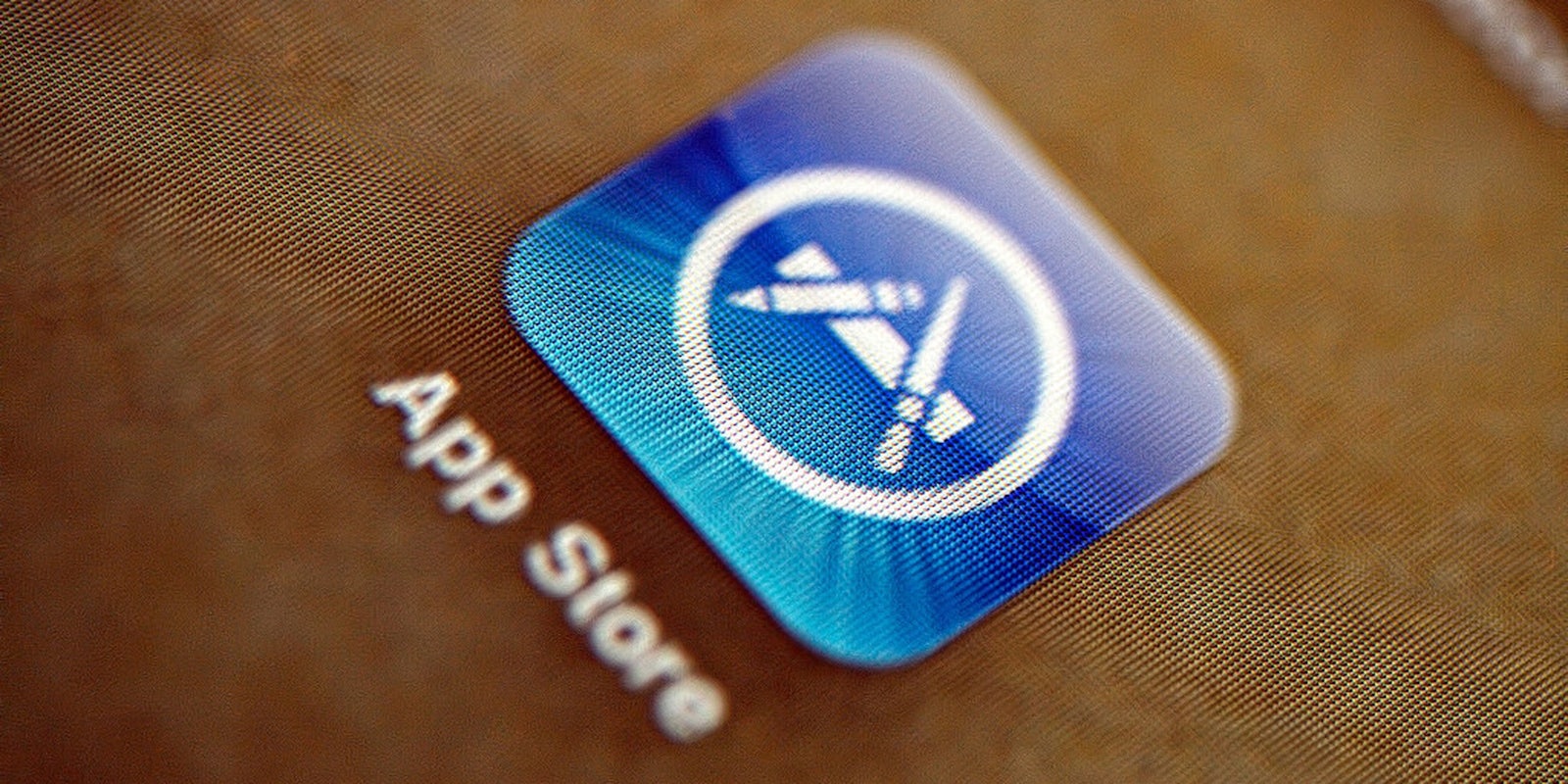Apple is often criticized for overzealously rejecting apps. In an apparent effort to counter the perception that its rejections are erroneous, the company has published a list of the 10 most common reasons for an app rejection, based on data from last week.
The plurality of rejections (14 percent) from August 21-28 happened because Apple needed more information about the app from its developers. The second and third most common explanations that Apple cited were bug-ridden code (eight percent of rejections) and non-compliance with the agreement that all app developers have to sign (six percent of rejections).
Interestingly, the reasons on Apple’s top 10 list—the least common of which only occurs two percent of the time—account for only 58 percent of all rejections. This means that, in more than 40 percent of all rejections, Apple uses a reason so obscure that it manifests less than two percent of the time.
Other guidelines that developers frequently violated in last week’s cases include irrelevant names, descriptions, or screenshots; different names in the iTunes Connect developer portal and on a device; and “demo” or “test” versions.
The list accompanies a page of warnings about common app mistakes, some of which users may not even know exist. Under the heading “Not enough lasting value,” Apple warns developers not to submit apps that are, quite simply, useless. (Um, Yo?)
“If your app doesn’t offer much functionality or content, or only applies to a small niche market, it may not be approved,” the page warns. “Before creating your app, take a look at the apps in your category on the App Store and consider how you can provide an even better user experience.”
H/T ZDNet | Photo via PhotoAtelier/Flickr (CC BY 2.0)


